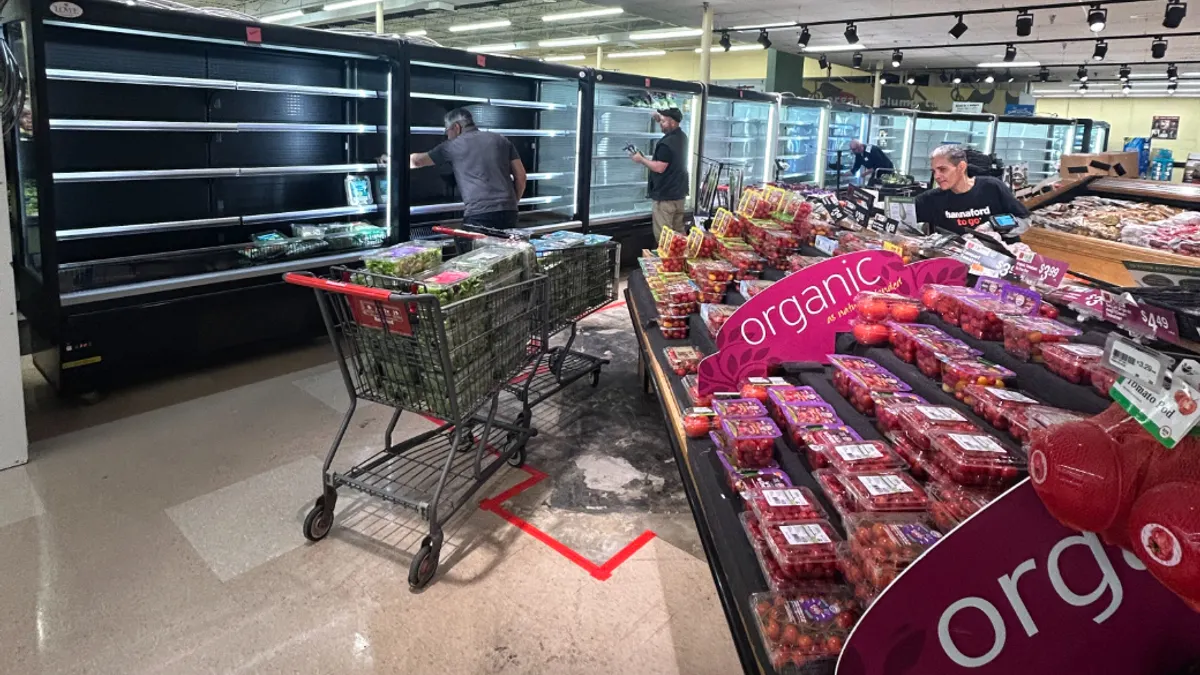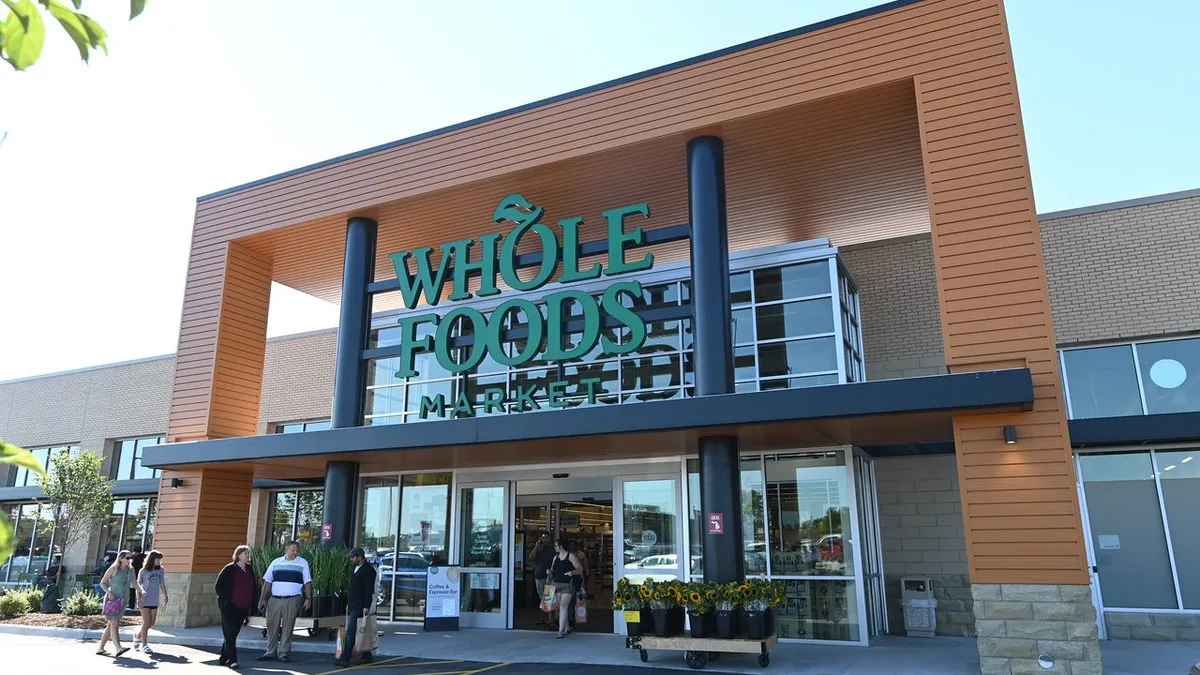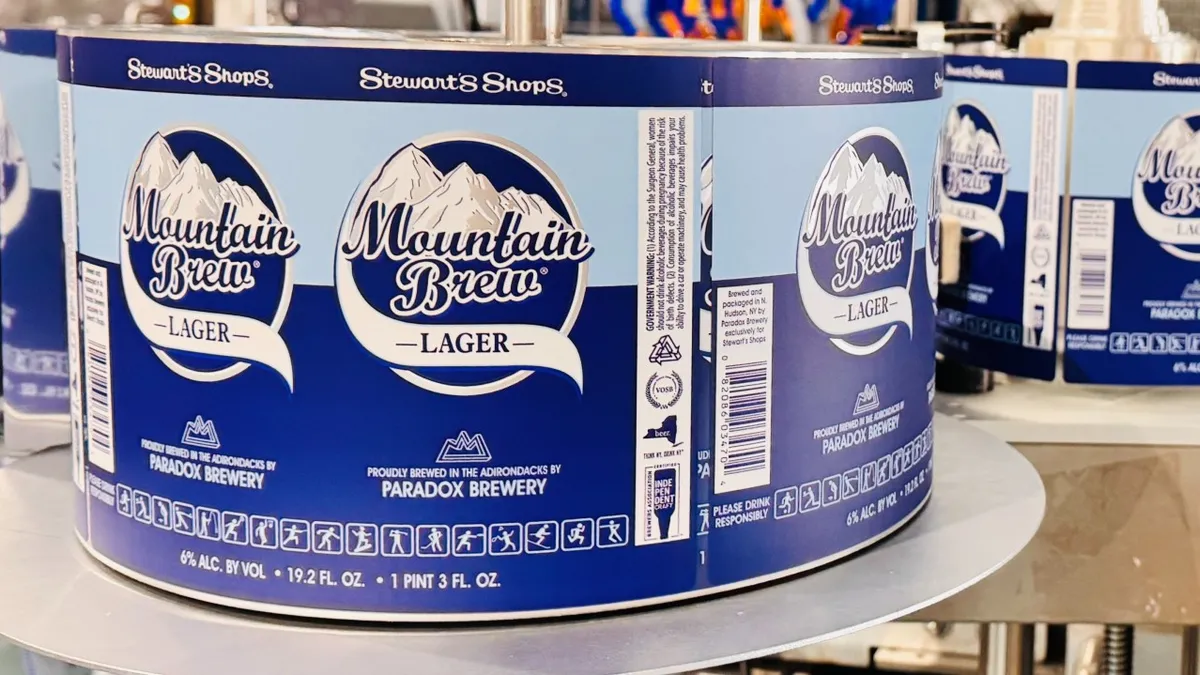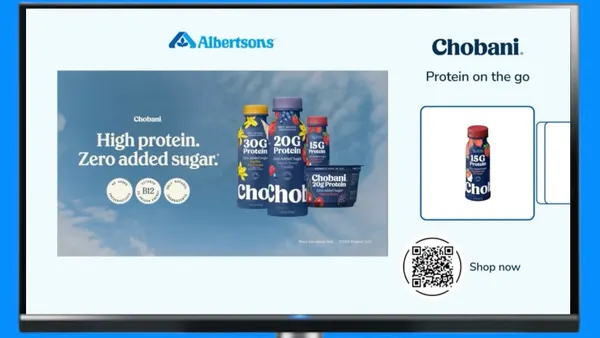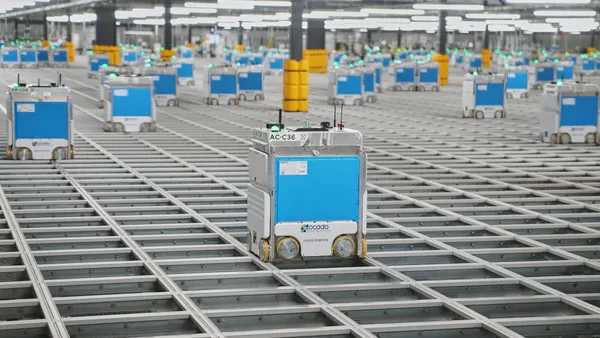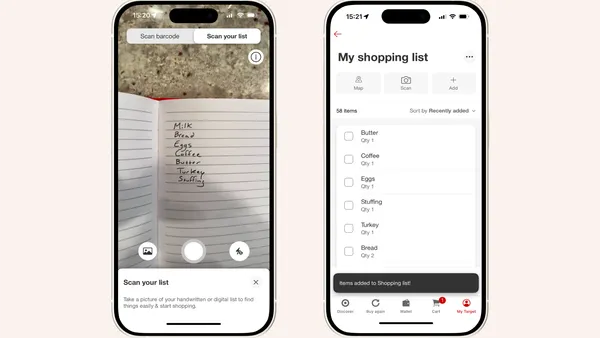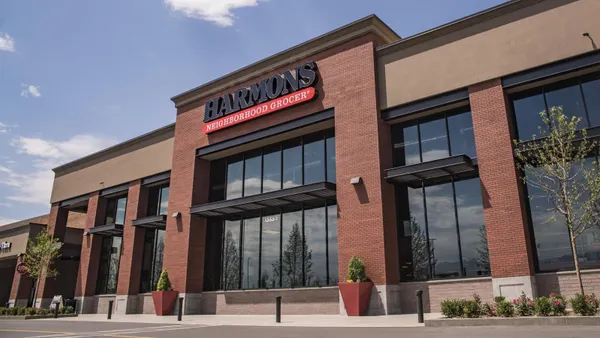The retail industry is under unprecedented pressure to decarbonise. Tighter regulations on high-global warming potential (GWP) refrigerants, rising energy costs, and ambitious net zero commitments from both governments and investors are now keenly felt by retailers of all sizes. Customers also have increasingly high expectations from retail brands to demonstrate visible progress on sustainability, making this a critical focus area. For grocery retailers in particular, refrigeration is both one of the biggest challenges and one of the biggest opportunities in the journey to net zero.
Ahold Delhaize USA’s commitment to cut Scope 1 and 2 emissions by 50% by 2030 and 90% by 2040 is a good example of a major grocery retailer turning this pressure into positive action. For Ahold Delhaize, as for any grocery retailer, the two most powerful levers in any emissions reduction strategy are going to be renewable energy and refrigeration replacement. Yet unlike an energy switch, moving from hydrofluorocarbons (HFC) to natural refrigerants like CO₂ is not a simple plug-and-play process. It is a huge, technically complex undertaking, and, if not managed well, can be highly disruptive to store operations and sales.
Why does this matter now?
Despite mounting regulatory and commercial pressures to act, across the US, many retailers are only just beginning their natural refrigerant journeys. This can often prove challenging. In the past, stores could upgrade refrigeration piecemeal because many chemical HFCs were designed as “drop-in” replacements, allowing existing racks and cases to keep running with only small component changes. CO₂ is different: it cannot be used with existing HFC infrastructure. The racks, the pipework, the cases and all associated components must be replaced, often at once.
As retailers are discovering, this has major implications for project planning. CO₂ systems operate at much higher pressures, which means a large number of cases (evaporators) need to be installed before the new rack can even be started. Whole store lineups must be removed or decommissioned to make way for the new equipment. And because CO₂ systems are more sensitive than HFCs, commissioning them isn’t a one-night job. Best practice often requires a 72-hour or longer observation period to ensure the system is stable before progressing to the next phase.
Add to that a shortage of trained technicians and ongoing equipment delays in the US market compared to Europe, and it’s easy to see why HFC-to-CO₂ transitions are among the most complex projects in retail today. Without careful planning, they risk spiralling costs, delayed timelines, and sales losses that undermine the business case for sustainability.
For grocery retailers, the question isn’t if the transition will happen, but how. And more importantly: how can it be done without compromising day-to-day operations or the customer experience?
Lessons from the front line
At Lowe and our design and engineering firm Abbey Design, we’ve been working with CO₂ systems since 2011. Over the past 14 years we’ve engineered, designed, and project-managed more than 400 successful transitions (most of them retrofits) which are the most complex kind of project.
Our experience with Hannaford, part of Ahold Delhaize USA, offers a template for how to deliver these projects with minimal disruption. Working together, we created a repeatable “playbook” that balances technical requirements with retail realities. The key principles include:
- Phasing strategies that keep stores trading. By sequencing work in departments like produce and meat first, we can provide the necessary load to commission CO₂ racks safely while ensuring customers never lose access to fresh food.
- Temporary refrigeration-as-a-service. Deploying flexible R290 cases and power distribution allows retailers to maintain merchandising space and sales during the switchover. It also avoids the high cost and additional complexity of repiping old cases that will soon be redundant. On the Hannaford project we realised over $15,000 of cost savings by not repiping old cases. Temporary cases also serve as a vital contingency plan if there are equipment delays or issues during commissioning.
- Minimising hidden risks. Avoiding “false loads” and unnecessary control modifications prevents problems emerging later, ensuring systems are stable from day one.
- Efficiency gains. With the right planning, projects can actually be delivered ahead of schedule, with savings on contractor hours and fewer delays from equipment availability.
The role of technology
Technology also plays a vital role in making these transitions seamless. During Hannaford’s retrofit program, Lowe deployed LoweConex, a wireless remote monitoring platform, across its temporary cases. This allowed store personnel and Lowe’s central team to monitor performance in real time, receive instant alerts if an issue arose, and ensure uninterrupted refrigeration throughout the project. By reducing downtime risks and providing continuous oversight, digital tools like LoweConex add an extra layer of resilience to retrofit projects, helping retailers safeguard sales and maintain customer confidence even in the middle of complex remodels.
From compliance to competitive advantage
The transition to natural refrigerants is often seen through the narrow lens of compliance. But reframing it as a commercial opportunity changes the conversation. Done right, it’s not just about meeting net zero targets, it’s about:
- Protecting sales during complex remodels.
- Reducing long-term operating costs through more efficient systems.
- Safeguarding store formats so customers experience continuity.
- Future-proofing assets against tightening regulation.
The road ahead
The US retail sector has a steep learning curve ahead. But there is good news: the path is proven. With the right engineering, project management, and temporary solutions, the transition can be both smooth and commercially viable.
The industry doesn’t need to reinvent the wheel. What it does need is practical playbooks, tested strategies, and the confidence that the move to natural refrigerants can be made without putting sales, customers, or store operations at risk.
The journey to net zero is non-negotiable. The real question is: will retailers treat the refrigerant transition as a disruption to be endured or as an opportunity to lead?
Learn more about Lowe Rental's retrofit solutions, and hear Kyle Payne speak at FMI on October 8th at 2:15 PM.

